Editorials
Six Spooky Ghost Documentaries to Give You Nightmares

Full disclosure: despite loving paranormal-focused reality TV and even having lived in what most people would describe as a haunted house, I don’t actually believe in ghosts. Sure, I think that there’s some compelling evidence out there for the existence of unexplained phenomena (“there are more things in heaven and earth,” and all that jazz), but the idea of ectoplasmic seances and translucent apparitions seems rather silly to me – especially when you realize how much of modern parapsychology is borrowed from popular culture.
And yet, I find myself irresistibly drawn to these tales of the unexplained, especially when the people involved swear that they aren’t works of fiction. I may not always take their word for it, but that doesn’t necessarily mean that I can’t have fun with a good old-fashioned ghost story. With that in mind, today I’d like to share 6 spooky ghost documentaries that I think will appeal to both believers and skeptics alike. After all, as a die-hard fan of the real-world X-Files, I want to believe, and I think I’m not the only one.
As usual, don’t forget to comment below with your own favorite ghost documentaries if you think we missed a particularly spooky one. And while we’re here, I’d also like to give a shout-out to The House In Between, which I previously mentioned in an article highlighting six other documentaries for horror fans.
With that out of the way, onto the list…
6. The Enfield Poltergeist (2023)
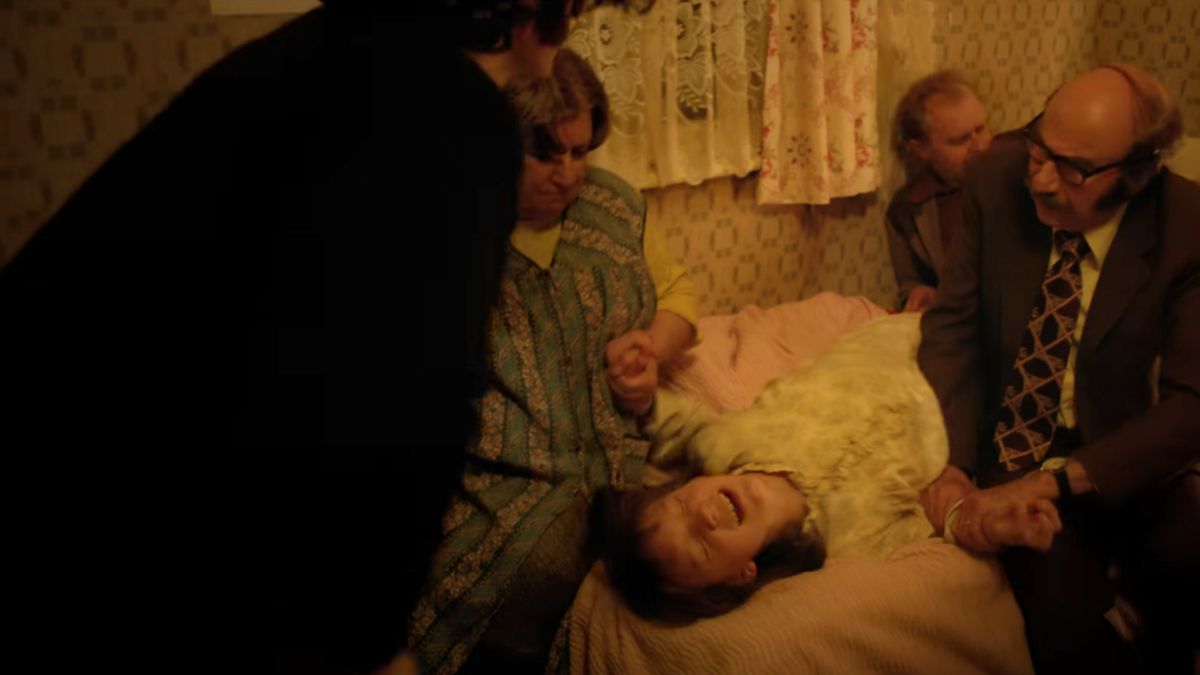
The only episodic entry here, Apple TV’s experimental docuseries The Enfield Poltergeist makes it onto this list due to the seriousness with which it handles this iconic case. Shot in a faithfully reconstructed set based on the actual Enfield house and featuring reenactments shot over real audio recordings of the alleged haunting, this 4-episode mini-series is even more frightening than the traditional adaptations of this infamous story.
While skeptics will likely pick apart the show’s collection of easily faked evidence and anecdotal testimonies, the sheer artistry behind this spooky production is enough to make it worth a watch if you’re in the mood for some realistic frights.
However, one thing is for certain: you’ll never watch The Conjuring 2 the same way ever again.
5. The Unbinding (2023)

Fans of paranormal programming may already be familiar with the Newkirks due to their phenomenal work on the Hellier series (available for free on YouTube), but I think that their most recent endeavor is even more fascinating. Chronicling the misfortune that ensues when the couple discovers a bizarre statue in the Catskill mountains, The Unbinding is an intriguing case of one man’s trash becoming another man’s extremely cursed treasure.
Again, the whole thing isn’t entirely believable – especially the convenient lack of footage concerning a certain incident at a convention center – but it’s still one hell of a creepy, well-told story. Besides, you can always appreciate the flick as an unusually subtle example of Found Footage cinema if you’re not onboard with the whole vengeful spirit thing.
4. The Pantry Ghost Documentary (2013)

I’m going to be honest with you right now: I’m still not entirely sure if this is a legitimate attempt at a documentary or a Lake Mungo style mockumentary fake-out meant to capitalize on the viral success of the infamous Pantry Ghost video from the late 2000s.
Either way, it’s still one hell of a fascinating dive into homemade hauntings if you can stomach a handful of inconsistencies (especially the Paranormal-Activity-esque reveal that the original videos were only a small part of the full story), so it’s another case where I think that horror aficionados are more likely to enjoy the film if they experience it like a short Found Footage movie.
3. The Afterlife Investigations: The Scole Experiments (2011)

A five-year-long scientific study conducted in the 90s and meant to unravel the secrets of life after death, the Scole Experiments are infamous among paranormal enthusiasts due to the study’s repeated claims of producing the most believable evidence of the supernatural to date.
Naturally, this supposedly real tale of mediums, researchers and disembodied spirits working together is prime documentary material, and that’s why Tim Coleman’s fascinating The Afterlife Investigations makes it onto this list as the most in-depth discussion of what many believe to be parapsychology’s finest hour.
And if you like this one, there’s also an illusive 80-minute director’s cut that was released back in 2021 and addresses even more details about the (allegedly) groundbreaking experiment.
2. An Unknown Encounter: A True Account of the San Pedro Haunting (1997)

How you tell a story can be just as important as what you’re telling, but An Unknown Encounter is a rare example of a legitimately chilling yarn being inexplicably enhanced by some exceedingly dated and often unintentionally hilarious presentation. Hosted by veteran genre actor Ferdy Mayne, this sensationalist doc presents us with real footage and interviews concerning California’s most famous haunting.
Following a single mother and the paranormal research team dedicated to helping her as they struggle with disembodied heads, mysterious orbs and murderous forces in the attic, the sheer number of eerie recordings here is worth the price of admission – but it’s the exaggerated editing, corny reenactments and cartoony sound effects that make me love this oddball documentary.
1. Ghosts on the Underground (2005)
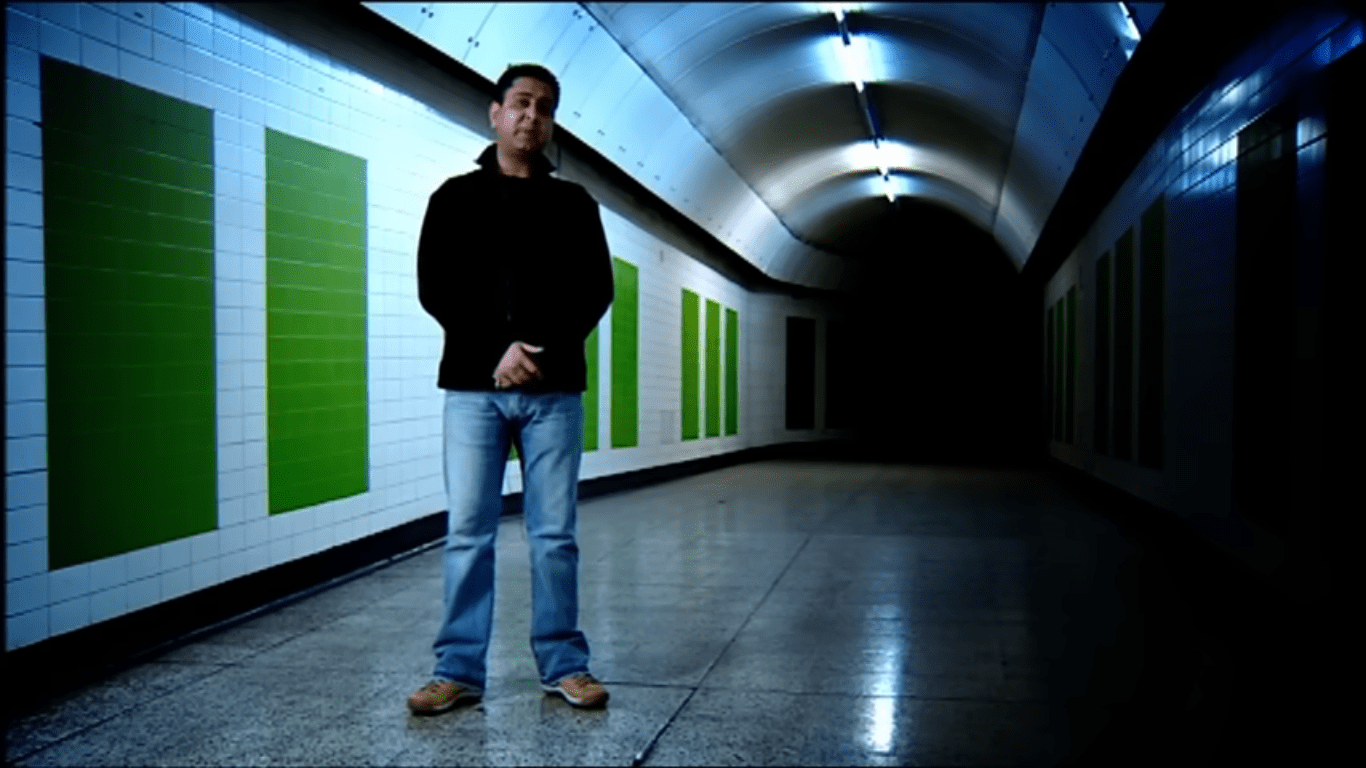
Few places are as naturally spooky as subway tunnels, especially the ones that were built generations ago when workers had to manually dig through church crypts and plague pits to get the trains working on time, so it makes sense that my favorite film on this list is about the horrors that lurk underneath a bustling metropolis.
Narrated by underrated Doctor Who veteran Paul McGann, this highly atmospheric documentary plunges viewers into the claustrophobic world of London’s world-famous metro system and features terrifying stories from both passengers and train workers in a healthy blend of skepticism and supernatural curiosity. There may be little in the way of evidence here, but there’s no denying that this is one of the most stylish ghost docs ever made.
Not bad a for a TV special!

Editorials
Looking Back on the Stop-Motion Nightmare of 1986’s ‘The Pied Piper’

Genre classifications tend to fall apart the further we look back in time. That’s why nearly all the original versions of classic fairy tales contain at least one bizarrely horrific element or another. From the Evil Queen’s cannibalistic intentions in Snow White to the Big Bad Wolf successfully devouring both granny and Little Red Riding Hood, even the most innocent stories featured a twinge of terror back when they were first created. However, there is one fairy tale that remains surprisingly dark even in its current iteration, and that would be the chronicle of The Pied Piper of Hamelin.
A simple yet memorable yarn about a pipe-playing stranger who takes revenge on the populace of medieval Hamelin once they fail to pay him for eliminating their rat problem, the story of the Pied Piper has influenced countless other works of art (even popping up as a recurring influence on the Slenderman mythos). That’s why I find it so surprising that there’s no definitive big-screen adaptation of the iconic story – unless you count stop-motion animation.
Enter Czech filmmaker Jiří Barta, a pioneer stop-motion animator working for Kratky Film in the early ’80s. Having already made a name for himself by contributing to a myriad of televised short films aimed at children, Barta and the humble studio wanted to branch out and create a large-scale project meant for older audiences. After some discussion, the director settled on a bold retelling of the Piped Piper, wanting to present the story in a way that would stay true to its Germanic roots while also taking inspiration from Viktor Dyk’s 1911 reinterpretation of the tale, Krysař (Rat-Catcher in Czech).
And so production began on a one-of-a-kind animated spectacle that would incorporate German expressionism and medieval artwork into its visual design. Over the course of a year, Kratky’s artists produced meticulously crafted puppets and locations meant to evoke wood carvings – as well as a rat infestation brought to life through taxidermized skins and the occasional use of live-action photography.
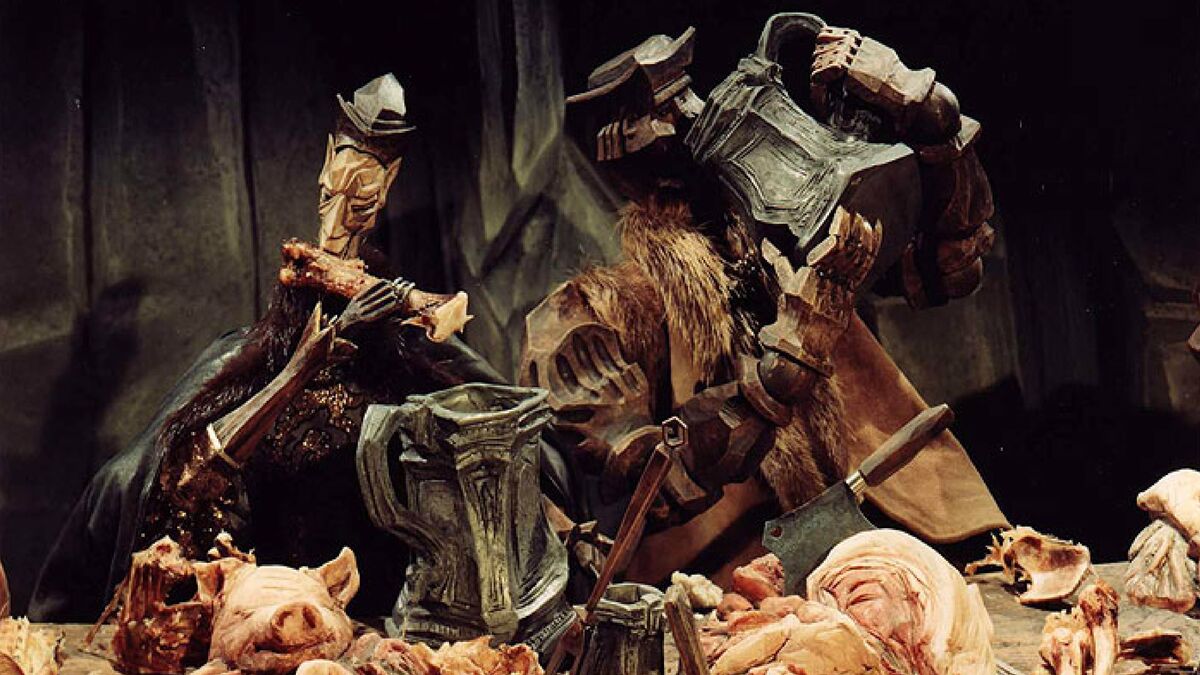
Not very appetizing.
In the finished film (which doesn’t require subtitles since the characters all speak in a fictional German dialect that we aren’t meant to understand), we follow the downfall of Hamelin as the wealthy townsfolk become corrupt in their miserly ways, with the bustling city eventually attracting a vicious swarm of rats. It’s only then that a pipe-playing stranger comes to town and is promptly hired to take care of the problem. Naturally, the Piper is soon betrayed, leading to a horrific comeuppance as the town faces the consequences of extreme avarice.
In 1986, Krysař (retitled to The Pied Piper in North America) would premiere to rave reviews, though this success remained mostly limited to the festival circuit and Eastern European theaters. It would actually take decades for the film to reach home video in America, with most Western cinephiles only coming across this landmark stop-motion fable through bootleg copies and international DVDs aided by the film’s lack of intelligible dialogue.
This aura of mystery may be partly responsible for the film’s enduring legacy as an obscure cult movie, with fans considering it one of the greatest hidden gems of all time, but it’s The Pied Piper’s exceedingly dark tone and imagery that really cemented its place as a classic.
While the general plot was faithfully recreated from familiar versions of the story, which is already one of the darkest fairy tales in existence (possibly due to its origins as an allegedly true horror story), it’s the flick’s deviations from its folkloric source material and the clear preference for Dyk’s bleak retelling that make it such a memorable experience.
For starters, the animated visuals actively enhance the story’s surreal undertones, making a serious experience that much more unsettling due to its whimsical presentation. Horrific moments like the murder and implied sexual assault of a sympathetic main character become downright disturbing when told through the eyes of wooden puppets, and the clockwork-inspired movements of the city folk reveal sinister implications about the inner workings of an oppressive metropolis.
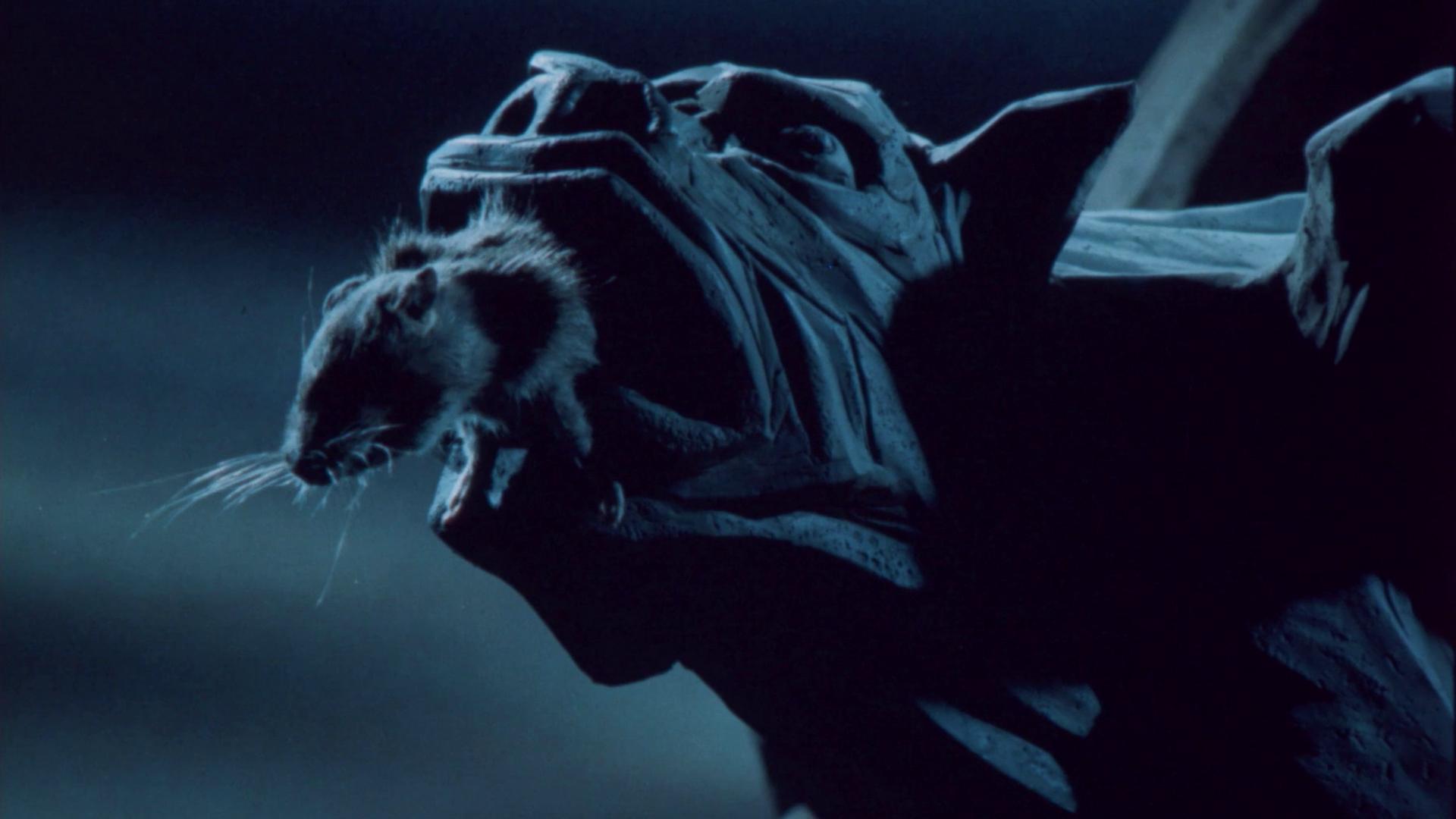
“Them filthy rodents are still coming for your souls!”
The rat plague itself is also incredibly unnerving, with the rodents’ organic design intentionally clashing with the mechanical feel of the rest of the film. The director originally intended for the vermin to feel more alive and sympathetic than the jaded inhabitants of Hamelin, but the use of real rat taxidermy also adds an additional layer of uncanny terror to the mix as the furry plague invades a mostly sterile production.
Of course, the scariest addition to Barta’s The Pied Piper comes from its grisly ending, which ditches the traditional climax of having the Piper kidnapping the local children and instead goes down an unexpected route of city-wide body-horror. I won’t spoil the details for those who still haven’t seen this wood-carved masterpiece, but suffice to say that the finale will stay with you long after the credits roll.
Like the legend that inspired it, The Pied Piper is much more than just a horror story. It’s an anthropological cautionary tale. It’s also a tragic love story, as well as a cathartic revenge yarn. But regardless of how you interpret it, it’s the overall brutality of Krysař that makes it so unique. That’s why I’m glad that the folks over at Deaf Crocodile have finally given the film the remastered Blu-ray release that it desperately needed.
And in a world where adult-oriented animation is finally getting the attention it deserves, with filmmakers like Guillermo del Toro championing the cinematic format as a medium rather than a genre, I think it’s worth looking back on Barta’s magnum opus as a poignant reminder that nightmares are not limited to live-action.


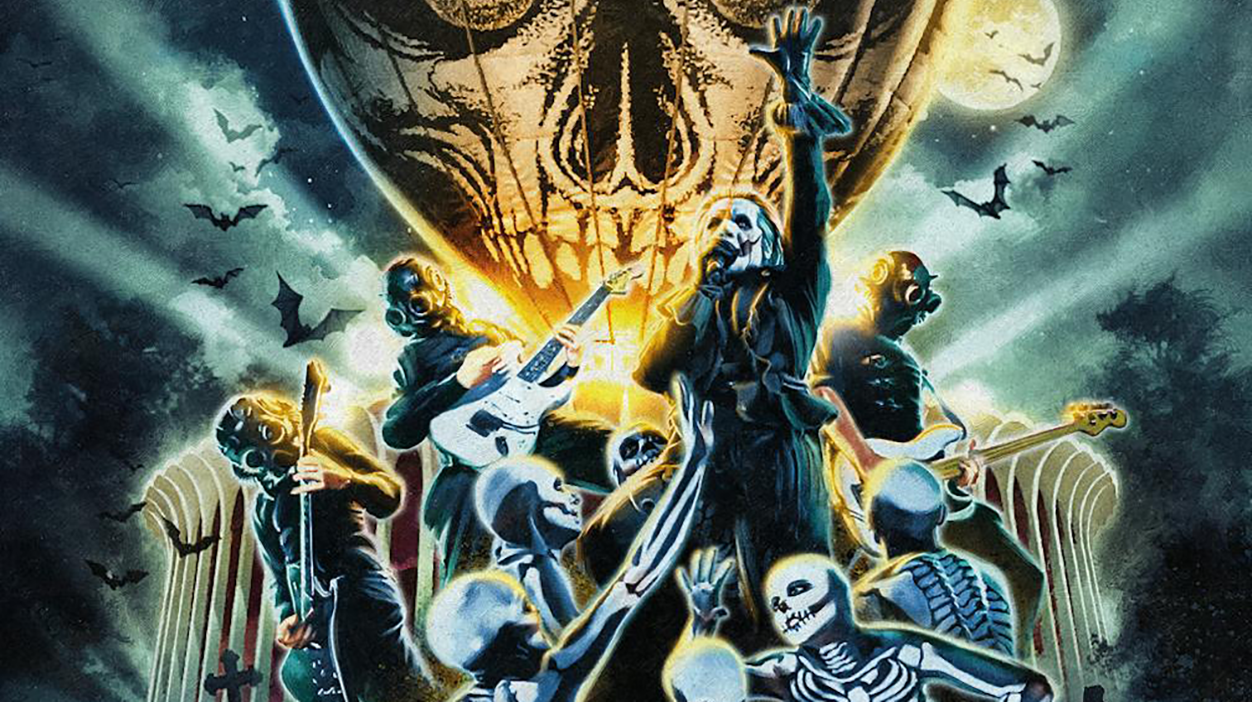
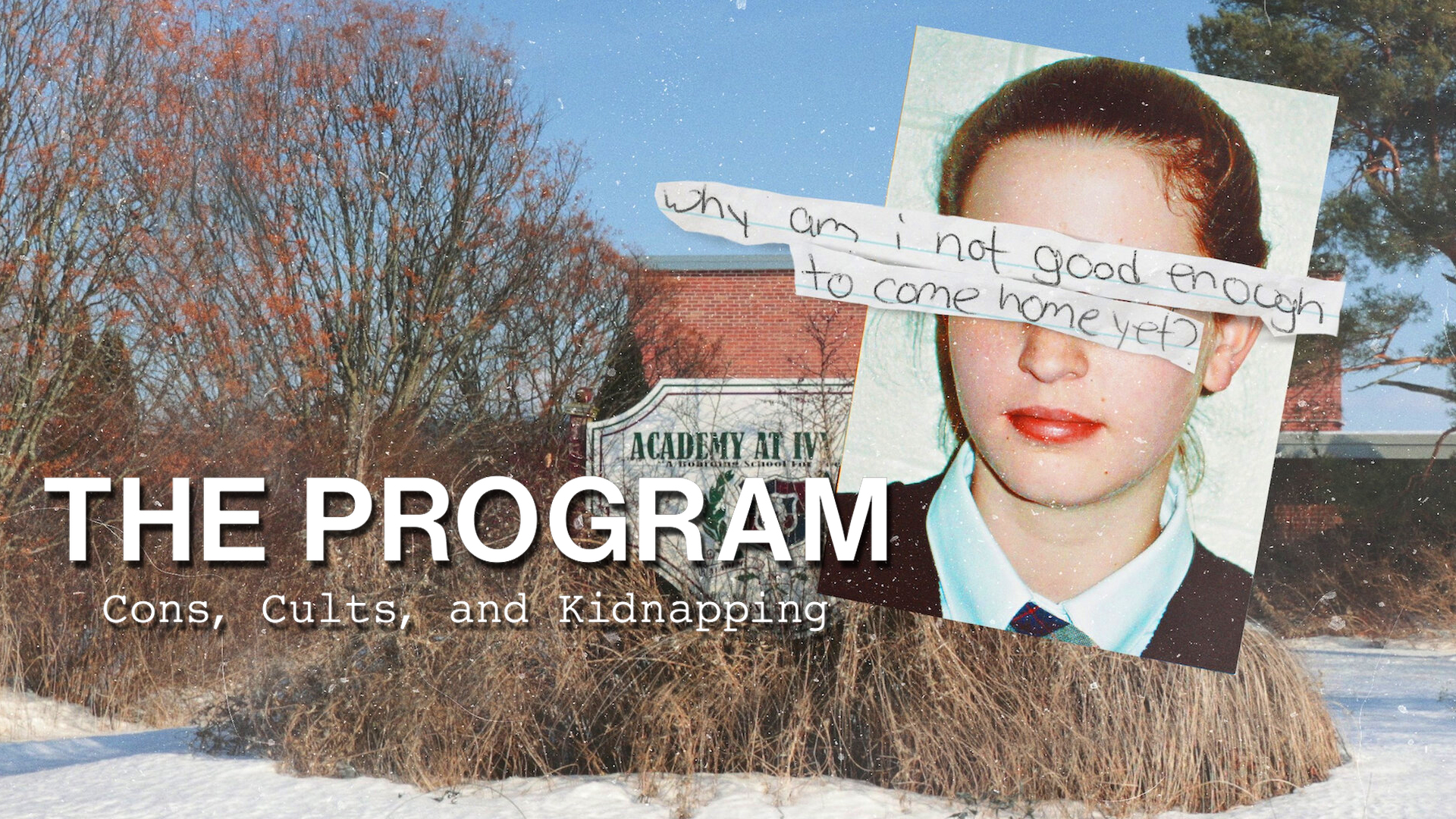
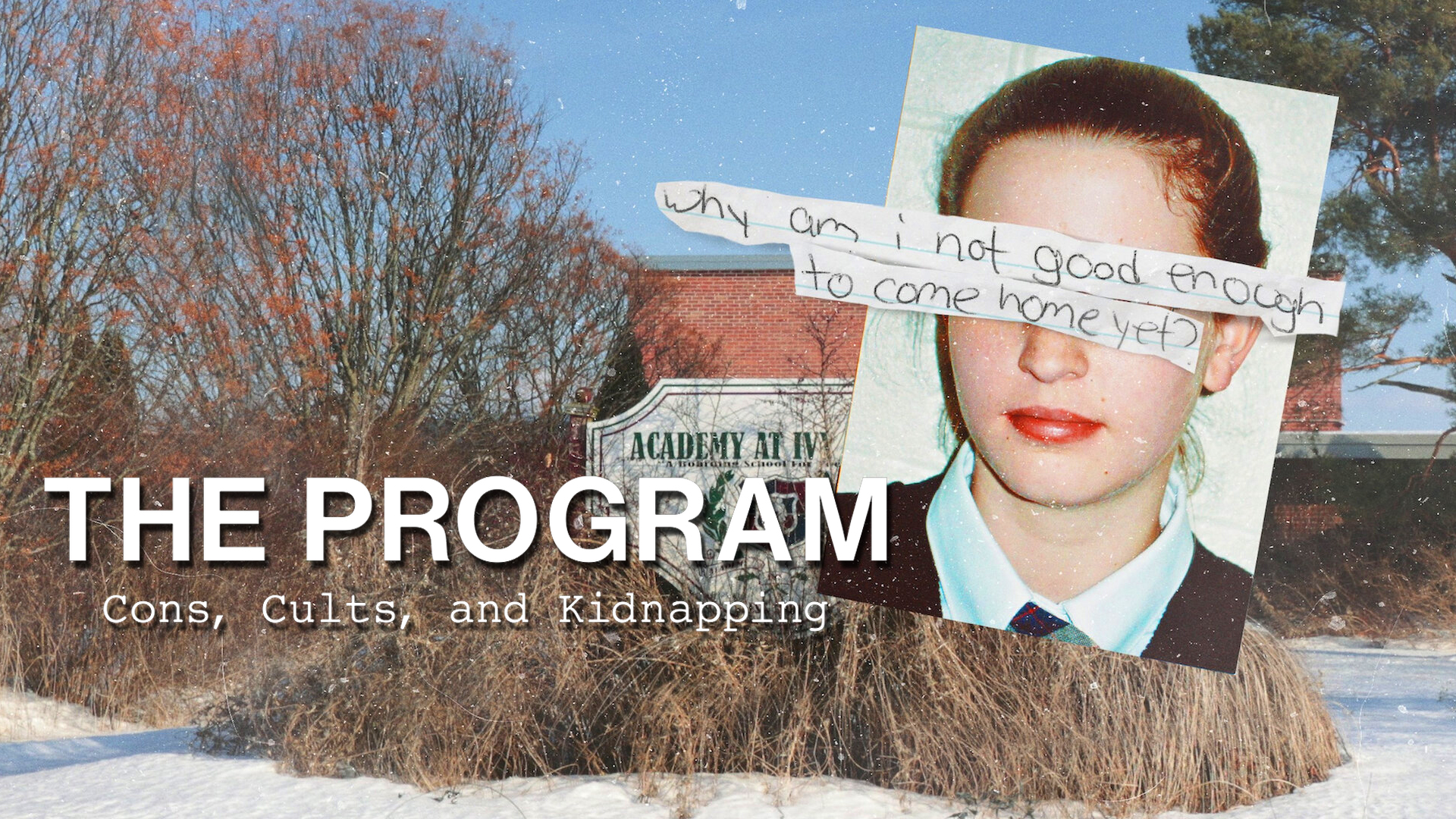







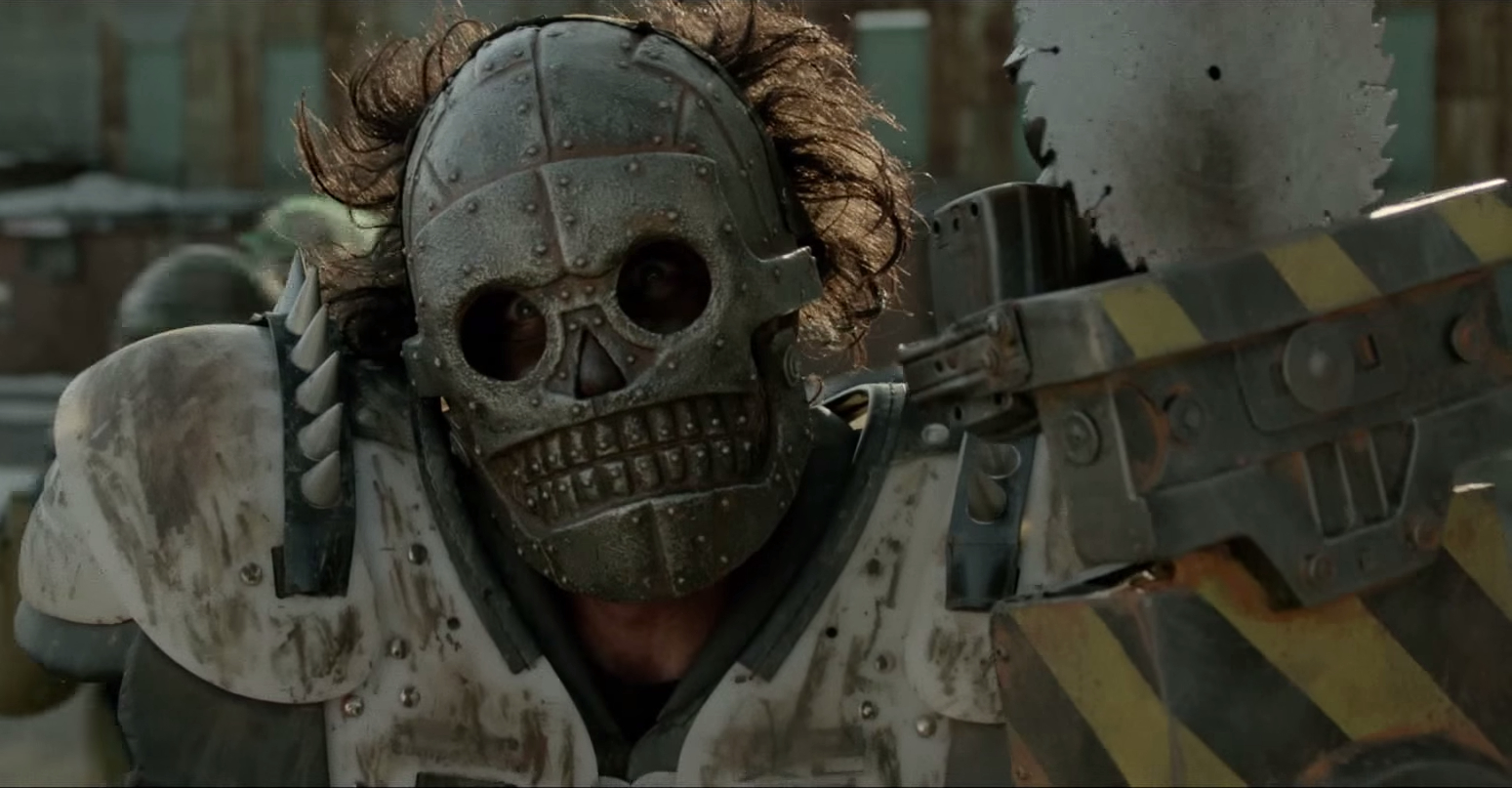

You must be logged in to post a comment.